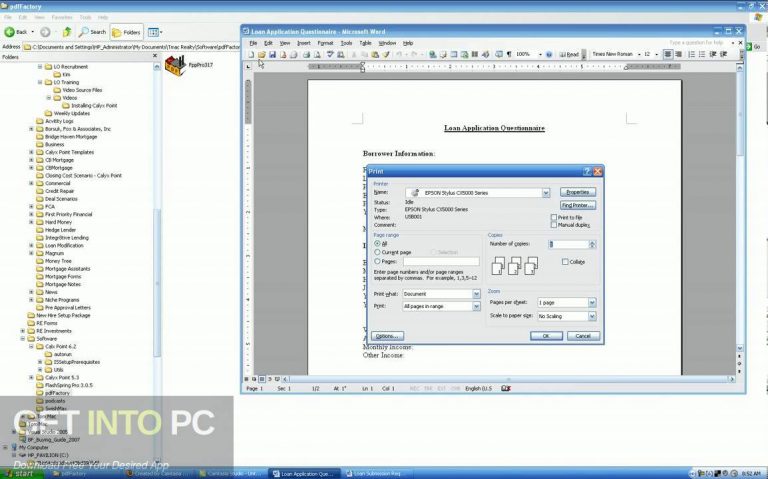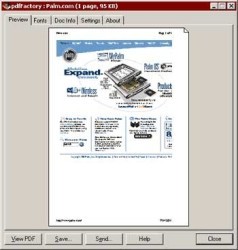

The last parameter entails analysing a corpus of samples of actual language use. Sociolinguistic factors entail investigating norms, beliefs, local identity formation processes and the position and role of English in the linguistic contexts from the first contact until the present. The historical parameter entails investigating, on the basis of historical data, the arrival and local history of English and other low- and high-intensity contact periods. Each phase is assessed on the basis of four parameters (historical factors, sociolinguistic features, identity construction and linguistic features) and types of data that allow each parameter to be properly investigated. The model posits that postcolonial varieties of English go through five phases: Foundation, Exonormative Stabilisation, Nativisation, Endonormative Stabilisation and Differentiation.

The overarching aim of this thesis is to delineate the place of English in Kuwait using Schneider’s (2003 2007) Dynamic Model. Comparing linguistic features such as the vocative across datasets enhances the descriptive framework for spoken genres. Overwhelmingly, the vocative serves pragmatic functions. In neither dataset did vocatives seem to be necessary except in a small number of cases. Medial position was seen to be problematic in both datasets and an alternative analysis is proposed.

The radio data showed a greater frequency for initial position, then final, while the casual conversation data was the reverse. Overall, the CANCODE data revealed a preference for vocatives in relational, topic management, badinage and face-concerns, while the radio data revealed a tendency for vocatives to be used more in the management of phone calls, turn-taking, topic management and face concerns. The distribution over the two datasets was compared, as well as the position of the vocative in the speaker turn. The contexts were categorised under headings connected with topic and turn management, face concerns, general relational concerns, humour/badinage and summons. The vocatives in both datasets were classified according to the contexts in which they occurred.

All vocatives (n=232) were extracted from the radio data. 100 vocatives are sampled from the CANCODE corpus, using only informal, casual conversations among intimates, friends and close associates. This paper looks at the use of vocatives across two corpora: the 5-million word Cambridge and Nottingham Corpus of Discourse in English (CANCODE) and a 55,000- word corpus of radio phone-in calls.


 0 kommentar(er)
0 kommentar(er)
